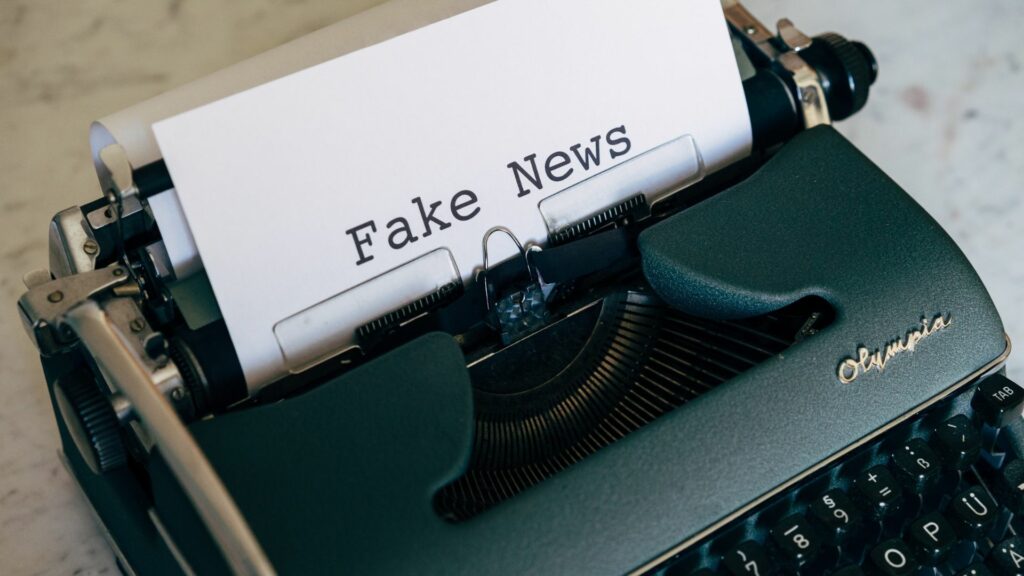Crypto markets surged earlier this week, not on solid economic news or fundamental shifts, but due to two widely shared yet misleading headlines. One claimed the Federal Reserve had called an emergency meeting.
The other falsely reported a 90-day pause in US tariffs. Both stories were quickly debunked, but not before sparking investor excitement. This incident exposed how easily unverified news can sway markets, especially in volatile environments like crypto.
The ‘Emergency’ Fed Meeting That Was Never an Emergency
On April 7, 2025, X (formerly Twitter) was flooded with posts claiming the Federal Reserve had convened an emergency meeting to discuss urgent economic issues. This rumour sent waves through financial circles, sparking renewed interest in Bitcoin, Ethereum, and other major crypto assets as investors speculated on potential monetary policy shifts.
There is NOT an "emergency Fed meeting" today.
— The Kobeissi Letter (@KobeissiLetter) April 7, 2025
The closed board meeting being described as an emergency meeting was scheduled on April 3rd.
These meetings happen roughly twice a month. pic.twitter.com/Yp6YrKEO1Z
But here’s the truth: there was no emergency meeting. The Board of Governors of the Federal Reserve System had indeed scheduled a closed meeting, but it was nothing out of the ordinary.
The meeting had already been formally announced on April 3, 2025. These closed-door sessions are a regular part of the Fed’s calendar, typically occurring twice a month. The agenda, as listed on the official notice, was a standard review of advance and discount rates – something the Fed frequently discusses in such meetings.
Despite this, social media managed to inflate the situation into something much more dramatic. Influential accounts on X described the meeting as urgent and unprecedented, sparking speculation about interest rate cuts or emergency liquidity measures. For many in the crypto space, any perceived dovish turn by the Fed is a cue to go long. Within hours of the rumour taking off, Bitcoin’s price ticked upward, and broader crypto markets followed.
What this situation illustrates is not just the sensitivity of the market to central bank activity but also the willingness of traders to respond to narratives before verifying facts. In this case, a routine Fed meeting was mislabelled, and the crypto market responded as though Jerome Powell was about to announce a major pivot in monetary policy.
A False Tariff Pause That Sparked Real Market Movement
The second misinformation event of the week was even more telling. Early on April 7, an unsourced post appeared on X claiming that the White House was considering a 90-day pause in tariffs – an announcement that, if true, would represent a significant shift in US trade policy. Although this had nothing to do with crypto directly, markets tend to interpret such moves as easing pressure on global economic growth, which often benefits risk assets.
BREAKING (1): Trump considering 90 days tariffs pause
— Investing visuals (@InvestingVisual) April 7, 2025
BREAKING (2): CNBC, no one at the white house is aware of that.
Market: pic.twitter.com/zlqsjAcDKh
The post originated from a small account with under 1,000 followers but quickly caught traction, thanks to reposts by larger accounts. One of them was Walter Bloomberg, a widely followed account on X. Mainstream outlets, including CNBC and Reuters, also picked up on the claim – although both later corrected their headlines. Reuters admitted it “regrets the error”, while CNBC clarified that it had aired unconfirmed information.
It turns out the source was a Fox Business interview with Kevin Hassett, Director of the National Economic Council. When asked whether President Trump might consider a 90-day pause in tariffs, Hassett responded vaguely, saying, “The President is going to decide what the President is going to decide.” That ambiguous line was twisted into a concrete policy rumour, which then snowballed across financial news platforms and social media.
The White House later confirmed to Barron’s that there was no such plan and dismissed the rumour as “fake news.” But by then, the damage – or boost, depending on your market position – had been done. US stock indices rose temporarily on the back of the rumour, and crypto followed suit. Investors piled in, betting that looser trade policy could support broader economic growth and risk appetite.
This incident is a case study in how quickly markets can be manipulated by speculation, especially when amplified by seemingly credible sources. In the age of instant news, even a misinterpreted quote can trigger millions of dollars in trading volume.
Conclusion
The crypto market’s recent bounce was not fuelled by new regulations or macroeconomic shifts but by two entirely misleading headlines. A routine Fed meeting was branded as an emergency, and a vague comment on tariffs turned into a full-blown policy rumour.
While both stories were false or misrepresented, they had a real impact on market sentiment and prices. It is a reminder that in fast-moving markets, fact-checking remains a crucial but often overlooked discipline.

